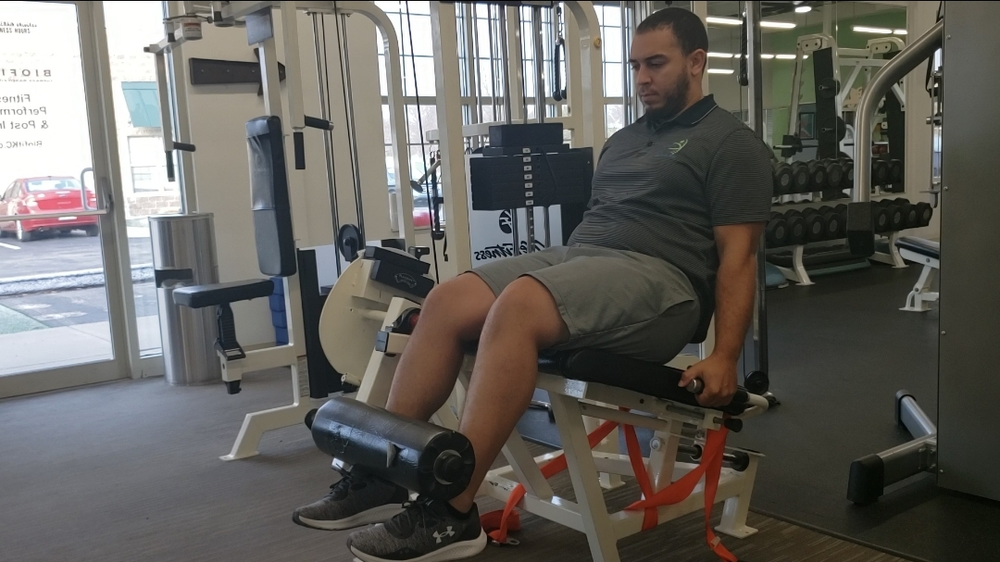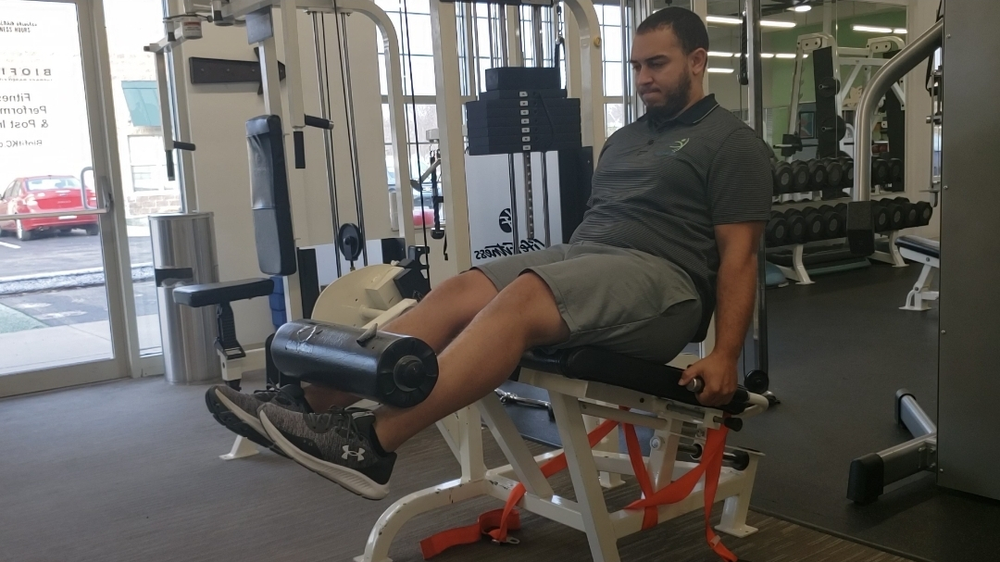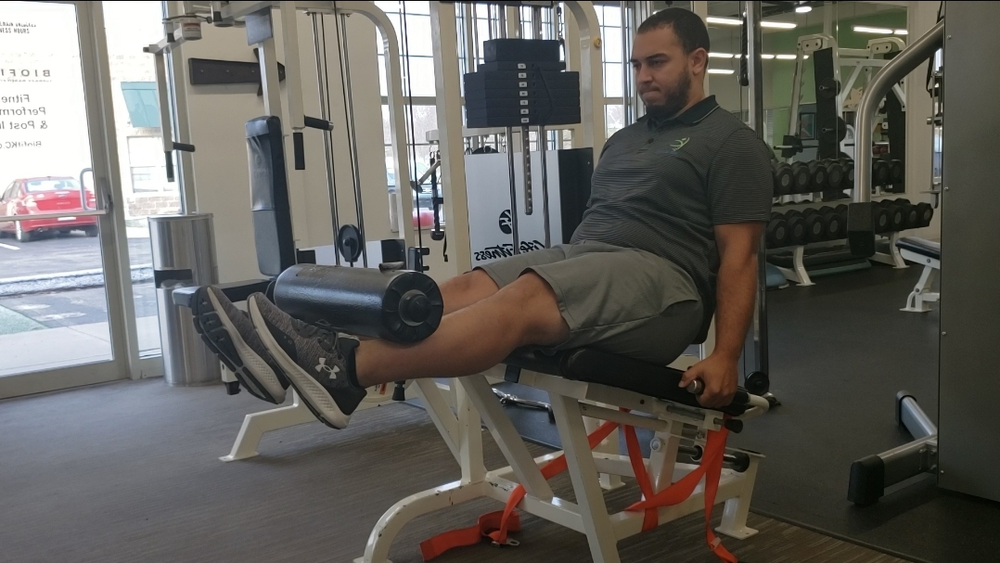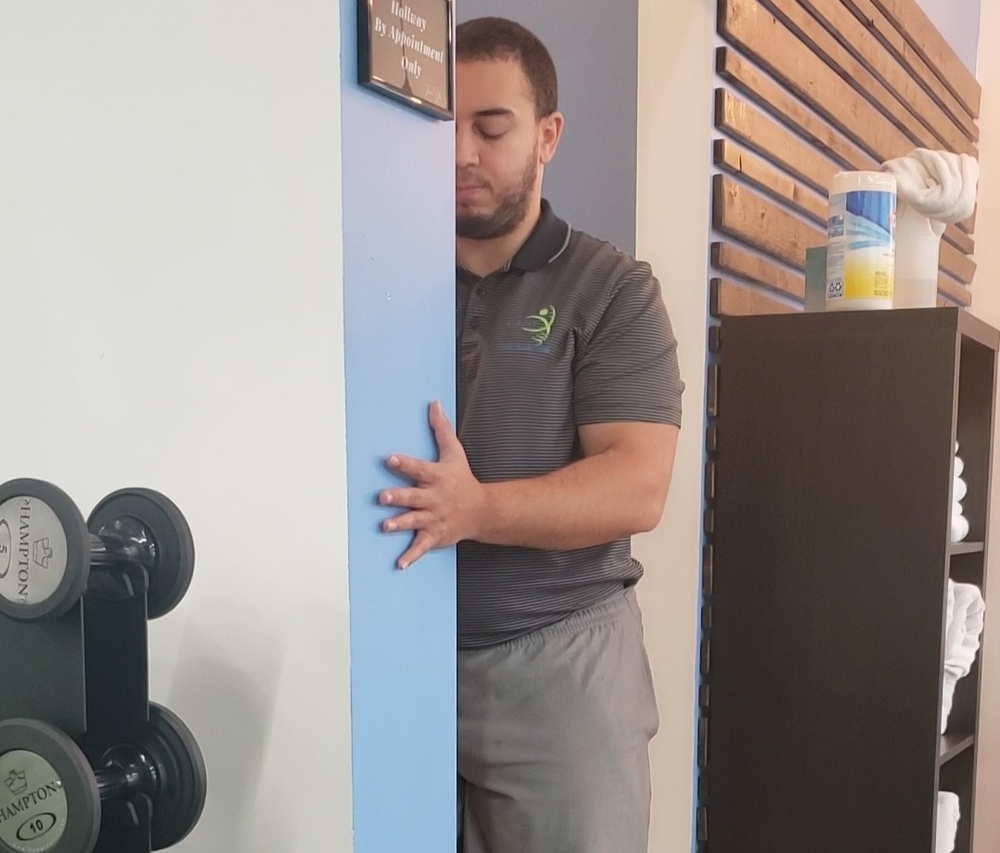The Power of Isometrics: A Game-Changer in Pain Reduction for New Year's Fitness Resolutions
As we enthusiastically embrace the new year, many of us are diving headfirst into our fitness resolutions, determined to achieve our health and wellness goals. While the journey to a stronger and healthier body is exciting, it often comes with its fair share of aches and pains. In this blog post, we'll explore an approach to alleviate post-workout strain and decrease pain—incorporating isometric exercises into your routine.
Understanding Isometrics:
Isometric exercises involve the contraction of muscles without joint movement. Unlike dynamic exercises that involve joint motion, isometrics keep muscles engaged without lengthening or shortening. This unique approach creates a steady, static contraction that can be particularly beneficial for reducing pain and minimizing strain on joints and surrounding tissues. A good rule of thumb is to hold a submaximal isometric for ten seconds and repeat this for six repetitions per set.
Enhancing Joint Stability:
Isometric exercises target specific muscle groups and promote joint stability. By strengthening the muscles and tendons surrounding joints, you create a supportive framework that reduces the risk of injuries and minimizes strain during more dynamic exercises. This is particularly beneficial for individuals embarking on new fitness resolutions, as it provides a foundation for safe and effective workouts.
Customizing Isometrics for Pain Reduction:
One of the remarkable aspects of isometrics is their adaptability to different fitness levels and pain thresholds. Whether you're a beginner or an experienced athlete, incorporating isometric exercises into your routine can be tailored to your specific needs and areas of concern. When you are a beginner, doing isometrics will help to create a better mind-muscle connection to promote better movement patterns. As you become a more experienced lifter or athlete, you can begin to incorporate isometrics in lift/event/sport specific positions to create better movement fluency into and out of those positions.
Targeting Specific Pain Points:
Isometrics can be strategically employed to target specific areas of pain or discomfort.
For individuals dealing with knee pain, consider incorporating machine knee extension isometrics at varying angles; holding at 0°, 30°, 45°, 60°, etc. Adjust the machine to target different parts of the range of motion, providing strength and stability to the knee joint.



If you're experiencing shoulder pain, try isometric exercises against a wall. For internal rotation, press the palm of your hand into the wall with your elbow bent at a 90-degree angle, and for external rotation, place your forearm against the wall with your elbow at a 90-degree angle. These exercises help strengthen the muscles around the shoulder joint, promoting stability and reducing pain.


Incorporating Isometrics Into Your Routine:
To experience the pain-reducing benefits of isometrics, consider adding a dedicated isometric session to your weekly workout routine. This could involve isometric holds at the end of your regular workout or incorporating isometric exercises into your cool-down routine. Experiment with different exercises and durations to find what works best for you.
As you pursue your New Year's fitness resolutions, don't underestimate the transformative power of isometric exercises in reducing pain and strain. Whether you're aiming for increased strength, joint stability, or post-workout recovery, isometrics can be a valuable addition to your routine. At Elevate Physical Therapy and Training, we're here to guide you on your journey to a healthier, pain-free you. Embrace the power of isometrics and unlock a new level of comfort and vitality in your fitness journey!





